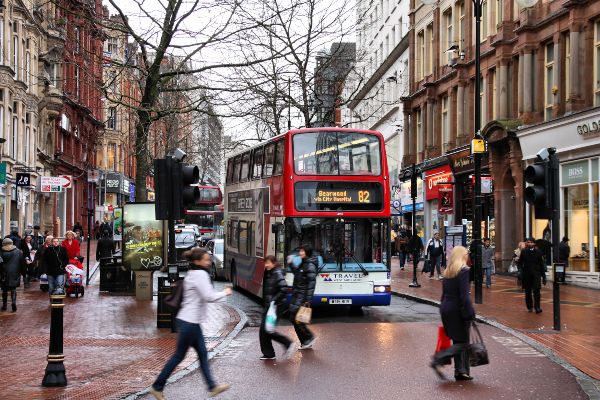Kieran Proctor leads a discussion on the importance of good bus schedulers and the wider impact they have on an operation.
Good scheduling is not just a benefit for passengers, but it has massive implications throughout an operation, Kieran told CILT’s (Chartered Institute of Logistics and Transport’s) Busmark meeting.

An important aspect to keep in mind when scheduling is that a cost-effective route is not specifically an operable route. The industry is getting a lot more data driven and it is the schedules that drive this.
A surprising place to find out whether schedules are being run affectively is social media. Kieran said: “Bus spotters like to tell you why you’ve cocked up. But if you have got that on social media, it gives you somewhere to look when making changes.”
Scheduler’s job
The power bus schedulers have is they control the number of drivers and duties required. They also dictate the number of buses needed. If they schedule more vehicles during the day, then more engineers are going to be required. Kieran said: “The scheduler’s job is to keep everyone happy.”
To keep drivers happy, they need to create sensible duties with reasonable breaks. He said: “It may be more cost effective to have a short break, but it’s not operable. Where they need a single rest day, try to avoid going from a late to an early shift.”
He suggested educating ourselves on what drivers have to deal with.
On keeping depot allocators happy, he said: “If you keep them happy you keep the drivers happy. It’s all about flexibility. If you build flexibility into the schedule, you won’t have to knock out trips and it helps them a lot.”
Making sure drivers are well-scheduled helps engineers. Kieran said: “Tired drivers make mistakes and it’s the engineers that have to pick up the pieces.”
To conclude, he said: “We ought to recognise scheduling is a skilled job and it needs the right kind of people to do it.”
This article originally appeared in Bus & Coach Buyer.
